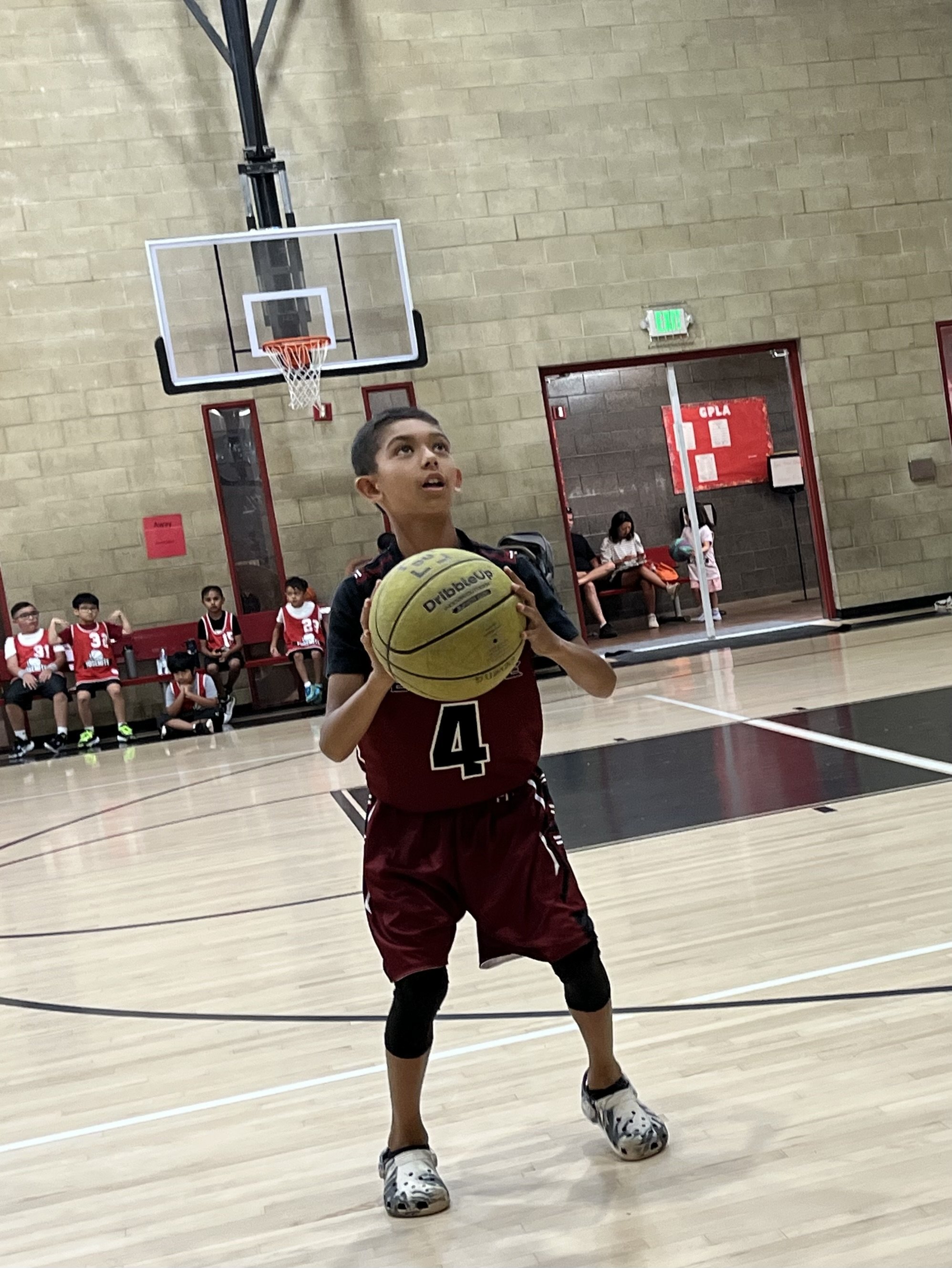Perceptual Tensegrity and Vectors
/Midline and Posture
In a recent post, I suggested that the uvula and the perineal node are two points within the body that can facilitate an internal sense of the body’s midline. Micromovement of those two points in opposite directions lengthens the midline and facilitates upright and balanced orientation to ground and space—otherwise known as “good posture”. For me, the interoceptive sense of midline adds depth to the more common posture instruction to ground the feet and let the top of the head (bregma) rise.
Vectors
A vector describes a movement that has a specific direction and length or distance. In finding midline, we move two points within our bodies along vectors in opposite directions—into the ground and toward a space above our heads. To align standing posture we press the soles of our feet into the ground and let the top of our heads rise skyward. Thus, both the midline and posture involve movement.
We initiate all movement the same way, from points within or on the surface of the body. Your nose, for example, can project a vector into space. If someone “leads you around by the nose”, they’ve given your nose a circuitous combination of movement vectors. When you hear a
train whistle you may notice your ear reaching along a vector in the direction of the sound. You send your voice into the world on the vectors of your breath, whether you’re singing in a choir or whispering to your dog.
Vectors and Coordination
Understanding movement in terms of vectors improves coordination. To make a hole-in-one on the golf course, you direct your back foot into the ground, and from that fixed point initiate a vector that curves upward through your torso and arms and out through the club, sending the ball into the cup. If you’re boxing, your gloves shoot vectors shoot every which way. Their interplay with vectors that reach down into the earth through your feet keeps you both grounded and strong. The collaboration of vectors actually activates your core musculature.
Plant. Then shoot.
Basketball
My neighbor has been coaching his nine-year-old son to speed up the coordination between catching the ball and shooting for the basket. Marco passes the ball and Ethan catches and shoots, missing more baskets than he makes,… until his dad tries a new cue:
Feet! Feet! Marco shouts.
Now, just as he catches the ball, Ethan must plant his feet on the ground and then shoot.
Ethan gets the hang of it, because more and more balls go right into the basket. Finding his feet gives him a crucial moment of being 100% present in space and time. And that’s the magic of perceptual tensegrity: feet feeling the ground, hands sensing the ball, vectors dancing together for a perfect shot.
Vectors and Self-Expression
Movement vectors portray body language. Your heart typically moves forward when you greet a loved one. Your nasal passages move back (retracting your head on your neck) when you smell something foul. Or you raise your left shoulder blade toward your ear, initiating a cascade of movement vectors that wince your body away from harsh words.
Or maybe, like me, you’ve been wincing away from the summer’s heatwaves. My resistance put a spell on my body, shortening my steps, shrinking my core—drawing my potential vectors in on themselves.
I even had moments of nearly falling down. Although poor balance is common for people with Parkinson’s (which I have), my body awareness usually keeps me stable. But my resistance to the hot weather was eroding my resources.
I have Ethan’s dad to thank for snapping me out of it, for reminding me of my own playbook. Feel my feet feeling the ground: then move. Having foundation in the here and now makes it easier to adapt to whatever it is that comes next, even when what’s next is yet another blistering day.
School-age basketball stars aren’t the only ones who need reminding about the power of their relationship to gravity. Authors of books that introduce the notion of perceptual tensegrity need it too.
Thank you for reading and for sharing.
© 2023 Mary Bond



